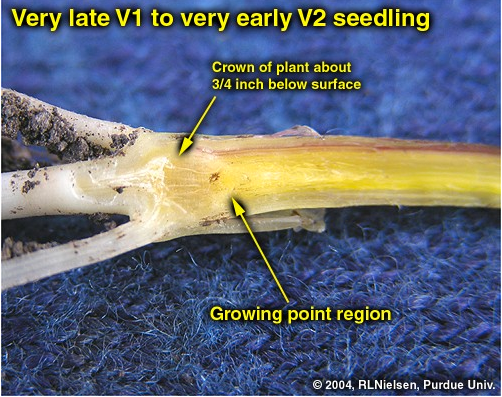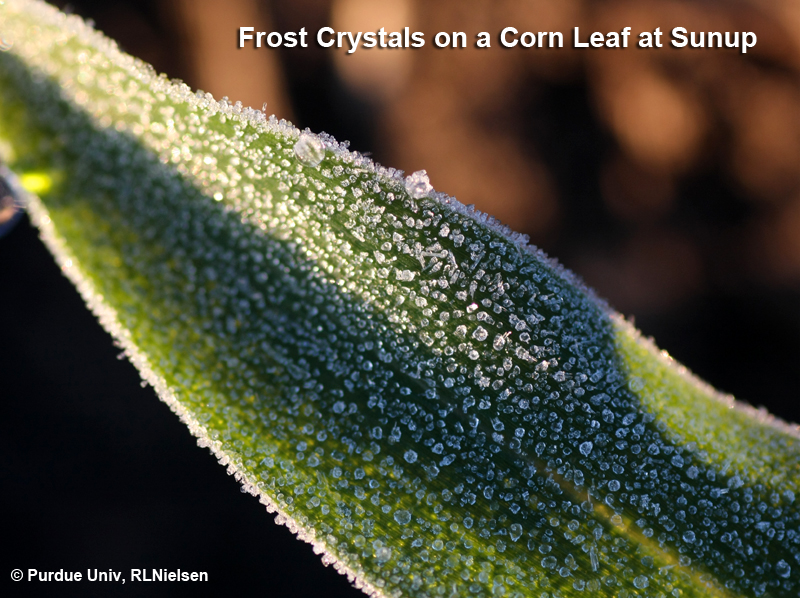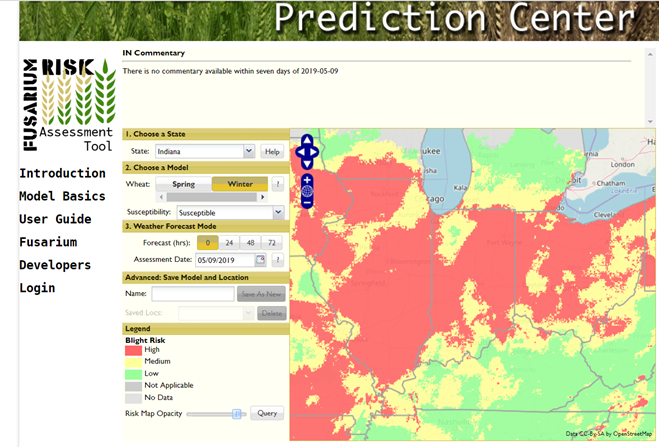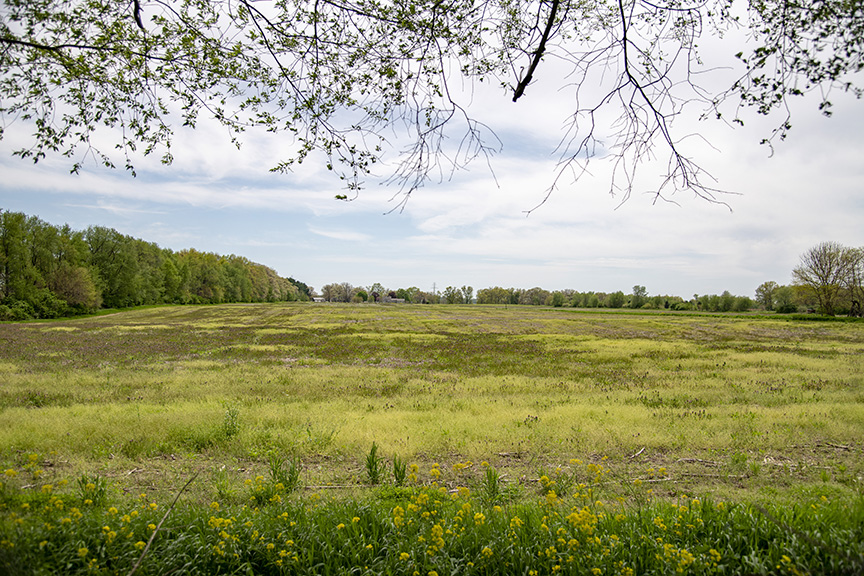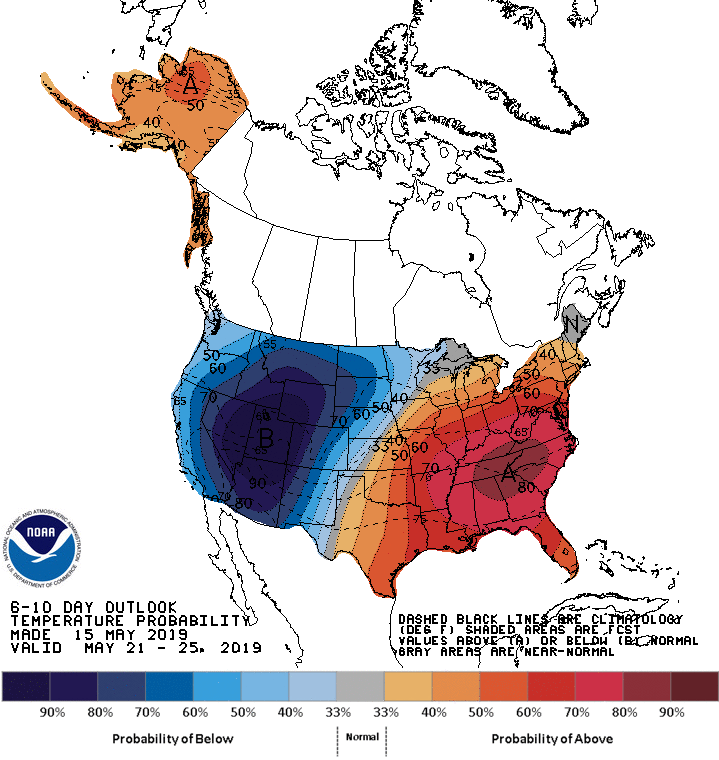
Near term, Sunday looks like the next most likely precipitation event around the state. The active pattern seems to continue, with chances of rain continuing about every 3-4 days. Meanwhile, temperatures begin to trend more summer-like, with 80 degree days coming statewide, and likelihood for above average temperatures in the 6-10 day outlook high (see map, cpc.ncep.noaa.gov). Important to note: high temperatures and excessive moisture favor many different kinds of disease and insect development. Scout any crops that have been planted for disease development or infestation and act accordingly. Contact your local Purdue Extension office for help in identifying problems or economic thresholds for treatment.


